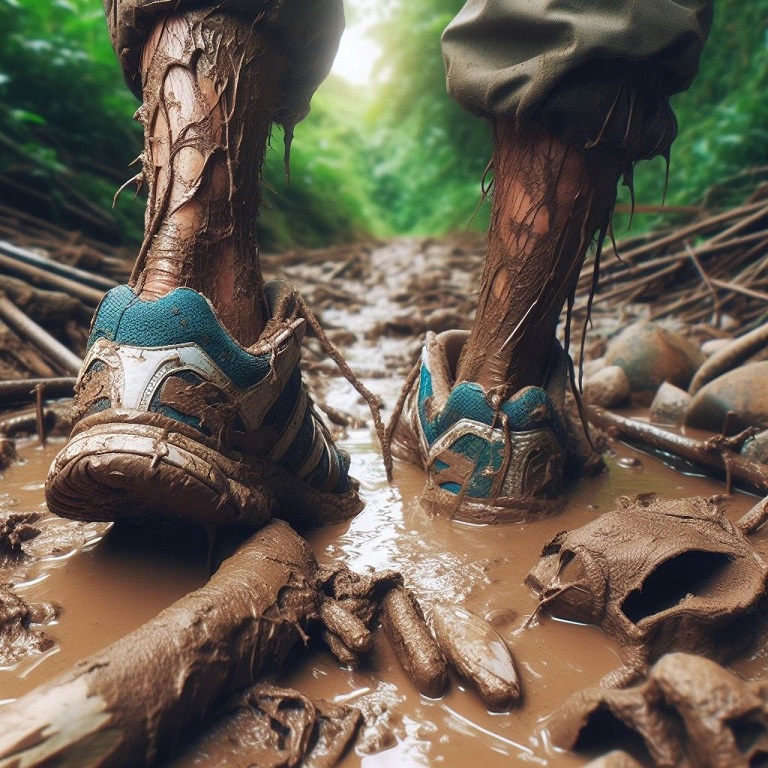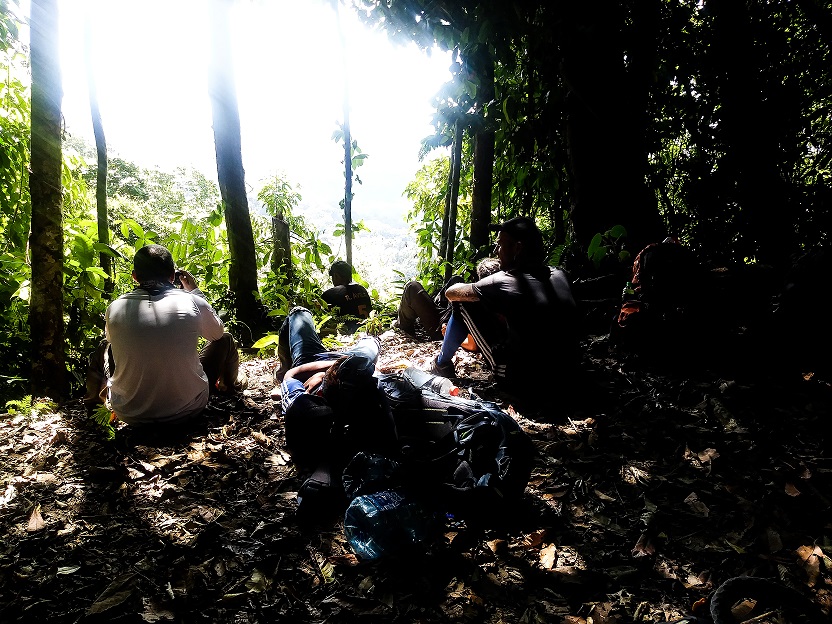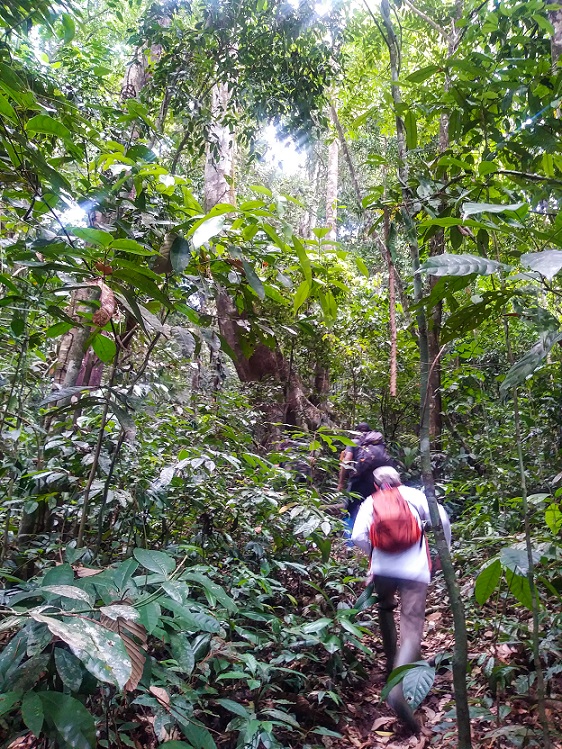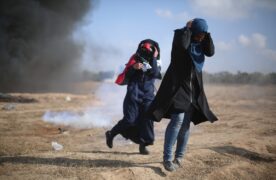Imagine, for a moment, the sense of anguish at leaving behind your home and country. Not by choice, but by urgent need. This is the reality for thousands of Venezuelan men and women, who, driven by desperation and distress, are facing an unimaginable journey through this region.

Eduardo Andrés Sandoval Forero*
On their route, each step is filled with risk, pain and the incessant search for a better life. Crossing this inhospitable passageway through the forest is not only a challenge to their physical endurance, but also to their hope in a future where “the American dream” looms as the only escape from their suffering.
This story is not only a tale of displacement, but also a reflection of humanity when it is subjected to an extreme test.
In the last decade, millions of Venezuelans have set out on a gargantuan journey seeking a better future, crossing borders and facing tough conditions. This mass exodus, motivated by the socioeconomic crisis and violence in the country, has brought many to cross the region of Darien in Colombia, one of the most dangerous legs of their route towards the United States. According to the Report on Venezuelan Migrants in Colombia, published by the Observatory on Migration, Migrants and Human Mobility (OM3), in April 2024, Colombia received 2,813,997 Venezuelan migrants with a gender division of 51.78% women, 48.2% men and 0.02% identifying as a different gender. The majority of those migrants are in the group aged 18-29, followed by those from 5-17 years and those aged 30-39 years.
Those from Venezuela, and other nationalities, make the crossing through the Darien forest in Colombia and Panama. They use a range of routes to get to Darien, some on land, others by sea and very few by air. The difference is found in the cost of the transport, the time that it takes to make the journey and the risks to get to Darien. In Colombia, many are employed in casual jobs. They can raise funds and prepare for the trip to the Darien Gap.

The voyage to the first world begins with the arduous decision to cross the forest, a natural and human barrier that stretches from Colombia to Panama. This section is a crucial part of the route that spans approximately 3,500 km, not counting the constant diversions required to avoid arrest by immigration officials, security forces, criminal gangs or drug cartels.
The road to the north involves crossing several nations: they leave Venezuela for Colombia, then they must get to Panama, after that to Costa Rica, Nicaragua, Honduras or El Salvador, Guatemala, Mexico and finally, the United States. Each one of those sections is laden with significant challenges and risks. Many routes use “guides” (people smugglers) to bring families with children, young women and adults to Darien. A guide told me that “it’s really easy now to make the crossing. Before, when migration was illegal in this country, it took a month or a month and a half to cross the forest. My dad told me that this crossing started 16 years ago, so this is not new, and in those days they charged more money than now. But my dad has already left that work, he is tired now.”
One of the crossing points in Colombia is Turbo, in the department of Antioquia, where the migrants take a bus towards Necoclí, in the subregion of Urabá; a journey of 4 hours. Then they head for a bus to Acandí, in the department of Choco; a trip of 3 hours. This stage marks the beginning of the trek through the Darien jungle. In the second week of July 2024, I accompanied a group of 67 Venezuelan women, 35 Venezuelan men and 11 Haitians on this route. In Acandí, we were greeted by motorbike taxi drivers who took us to the dock to take the boats towards Capurganá.

In order to get on the boats, there is a young woman who handles all the ticket sales, number of passengers, backpacks and suitcases. At the dock, you can dine economically on a breakfast of red wine, fried plantains, parakeet eggs, arepas and buñuelos. A young man is in charge of giving instructions and organising the migrants on the boats bound for Capurganá, which takes between 45 minutes and an hour.
In Capurganá, those who are migrating are moved to the first camp in the jungle without their luggage. The luggage is brought by a group of “carriers” who are coordinated by the “guide”. For each suitcase or backpack, they charge each migrant 100,000 Colombian pesos ($25).
In the first camp, an armband is placed on us to identify us as members of the group to begin the great march into the jungle.
In Capurganá, the trek through the jungle begins in order to reach the second camp after a two-day journey. We rest at this camp for seven hours and then continue the crossing through the jungle in Sapzurro. It is not possible to pass through the town, as the inhabitants decided in a general meeting to not allow migrants to enter their town which borders La Miel, a jurisdiction of the district of Las Tablas in the province of Los Santos in Panama.
The trip takes from seven to twelve days. It is dependent on the stamina, courage and enormous mental and physical efforts of the migrants to endure hunger, thirst, injuries, fractures, anxiety, unease, uncertainty, hopelessness, constant rain, thorny terrain, high temperatures, river crossings and wild fauna that heightens the dangers of the territory. Another danger is the absolute control that the Gulf Clan criminal group has over the territory and the migration business. In the face of all these adversities, the most powerful source that the uprooted people have, is their hope of reaching the first world to live with dignity.
*Eduardo Andrés Sandoval Forero: Dr. of Sociology. Research Professor at the Centre of Applied Research for Social Development. Autonomous University of Mexico State. Emeritus Researcher of the National Council of Science and Technology. Email: forerosandoval@gmail.com
(Translated by Donna Davison – Email: donna_davison@hotmail.com)











.jpg)












